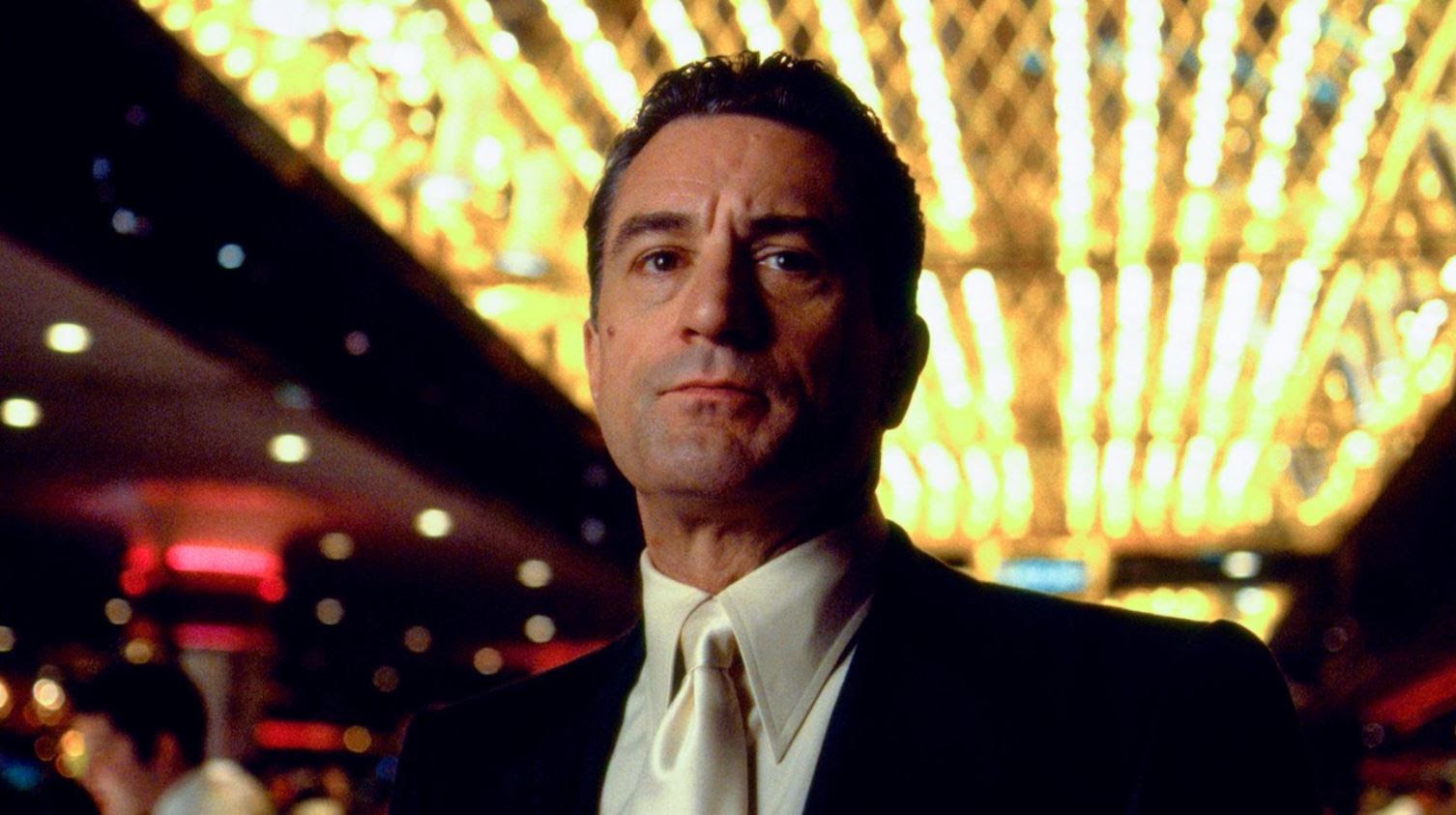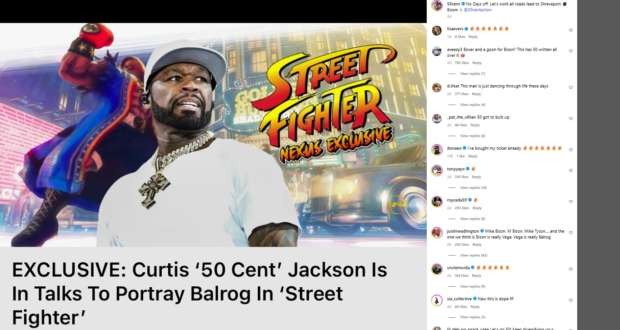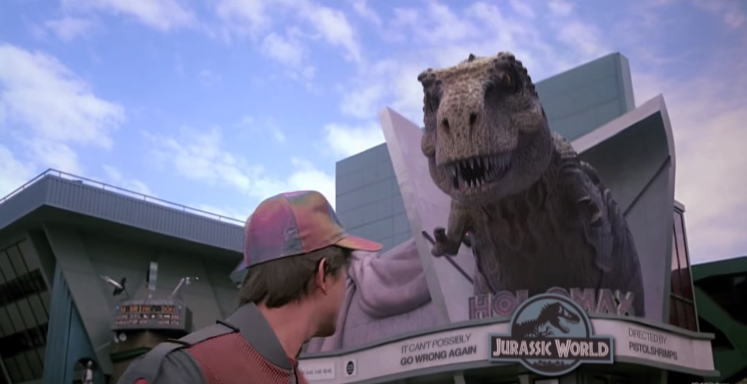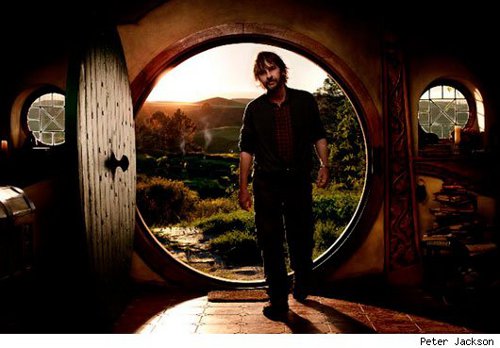The gaming community is no stranger to innovation, but when Web3 and NFTs entered the scene, a fierce backlash emerged — especially from traditional gamers. Despite the hype surrounding blockchain technology, many players remain skeptical or openly hostile toward these new developments. Understanding why this backlash exists sheds light on broader issues of trust, game design, and player expectations.
What Is Web3 and Why Did It Promise So Much?
Web3 refers to the vision of a decentralized internet built on blockchain technology, where users have ownership and control over their data and digital assets. In gaming, Web3 manifests through Non-Fungible Tokens (NFTs), cryptocurrencies, and decentralized marketplaces, enabling players to truly own in-game items, trade them freely, and even earn real money while playing.
Proponents argue this new model democratizes gaming economies and rewards player investment and creativity. Platforms like 777 embrace these principles, offering innovative gaming experiences blending fun with economic opportunities.
However, the promise of Web3 often clashes with traditional gaming values.
Traditional Gamers’ Core Concerns
1. Gaming Is About Fun, Not Finance
For many longtime gamers, the primary reason to play is enjoyment — whether through story, challenge, or social interaction. When games become centered around financial speculation or trading digital assets, it feels like a betrayal. Instead of escaping into a crafted world, players feel pushed into a marketplace.
This shift changes the nature of gameplay, transforming what used to be a leisurely pastime into a transactional activity. Players often express frustration that their gaming time turns into a grind for monetary gain rather than enjoyment.
2. Fear of Pay-to-Win and Exploitative Models
The history of gaming is littered with microtransactions, loot boxes, and other monetization schemes. Many players worry NFTs are just the next iteration of pay-to-win tactics, where those willing or able to spend more money gain unfair advantages.
Research from Pew Research Center shows a strong preference among gamers for skill-based progression over monetary shortcuts, highlighting the sensitivity to these concerns. Players fear that blockchain integration may introduce new ways for companies to monetize at the expense of fair competition.
3. Environmental Impact and Sustainability
The environmental footprint of blockchain technology also fuels the backlash. Early blockchains, particularly those using proof-of-work consensus like Ethereum (before its upgrade), consumed vast amounts of energy. Gamers aware of climate change worries often associate NFTs with unnecessary ecological harm. Despite advances in greener blockchain solutions, this stigma remains hard to shake.
Scientific discussions on blockchain energy consumption and its environmental impact can be explored in depth in studies such as this one available on arXiv.
The Cultural Divide: Web3 vs. Traditional Gaming Communities
A significant part of the backlash is cultural. Web3 gamers often come from crypto-native or tech-forward backgrounds, familiar with blockchain’s nuances and more willing to experiment. Traditional gamers, especially those invested in narrative-driven or competitive games, often see Web3 as an intrusion into their communities.
This divide manifests in online forums, social media, and game reviews. Studies on gamer demographics show younger players, particularly Gen Z, are more open to Web3 innovations, while older players tend to resist them.
The communication gap between these groups exacerbates tensions. Web3 advocates may underestimate how deeply traditional gamers value legacy game design principles, while traditional gamers may dismiss Web3’s potential too quickly.
The Core of Gamer Resistance: Gameplay vs. Monetization
Many gamers see NFTs as a monetization tool rather than a gameplay enhancement. Years of microtransactions, loot boxes, and pay-to-win mechanics have fostered skepticism. Introducing NFTs can feel like yet another scheme to extract money, distracting from the immersive, skill-based experience players cherish. Traditional players emphasize enjoyment and mastery, not financial speculation.
Moreover, some major gaming studios like GSC Game World canceled NFT plans for games such as S.T.A.L.K.E.R. 2 due to overwhelming community criticism, demonstrating the strong resistance within the core gamer demographic. You can find detailed information on blockchain games and their controversies at Wikipedia’s Blockchain game page.
Are There Valid Use Cases for NFTs in Gaming?
While many gamers reject NFTs, some applications have found limited success or potential:
- True Digital Ownership: Unlike traditional in-game purchases tied to a platform, NFTs can allow players to move assets between games or marketplaces. This cross-platform utility could revolutionize how we view virtual goods.
- Limited Edition Items: Collectibles with verified scarcity appeal to dedicated fans and collectors who value uniqueness and exclusivity.
- Player Governance: Through Decentralized Autonomous Organizations (DAOs), players can have a say in game development decisions, promoting community involvement and transparency.
Still, these use cases require thoughtful design and transparency to avoid the pitfalls of greed-driven exploitation.
How Can the Industry Move Forward?
Building trust is paramount. Here are some approaches the industry could take to bridge the gap:
- Education and Transparency: Players need clear, accessible information about how NFTs work, their benefits, and potential risks. Misinformation fuels suspicion, so open dialogue is essential.
Optional Integration: NFTs should enhance rather than gatekeep gameplay. Players not interested in NFTs must not be penalized. Forcing blockchain elements on all users causes frustration and division. - Sustainability Focus: Using energy-efficient blockchain technologies can reduce environmental concerns and help improve the public image of NFT gaming.
- Community Involvement: Including players in decisions about NFT features can foster acceptance and innovation aligned with gamer values.
Industry Trends and Future Outlook
Interestingly, some blockchain-native studios are building games from scratch with NFTs as a core feature rather than an add-on. This approach allows game mechanics to naturally integrate ownership and economic aspects, potentially avoiding many pitfalls of retrofitting existing titles.
Platforms like 777 showcase how gaming and blockchain can blend to create engaging experiences that respect player autonomy and fun.
Moreover, the rise of “play-to-earn” models offers new economic opportunities, especially in regions where gaming income can impact livelihoods. This global perspective suggests NFTs might gain traction unevenly worldwide.
Final Thoughts: A Tense but Transformative Moment
The NFT backlash among traditional gamers isn’t merely resistance to change — it reflects deep concerns about the soul of gaming. The challenge for Web3 advocates is to demonstrate that blockchain can add meaningful value without undermining what players love.
The future of gaming may well be a hybrid landscape, where NFTs and blockchain coexist alongside traditional games, each serving different audiences and preferences.
Platforms like 777 exemplify attempts to blend engaging gameplay with new economic models, but the path forward requires dialogue, respect, and innovation that prioritizes player experience.
The gaming world is evolving, and whether NFTs and Web3 become mainstream or niche, the conversation they sparked will shape the future of digital entertainment.




















